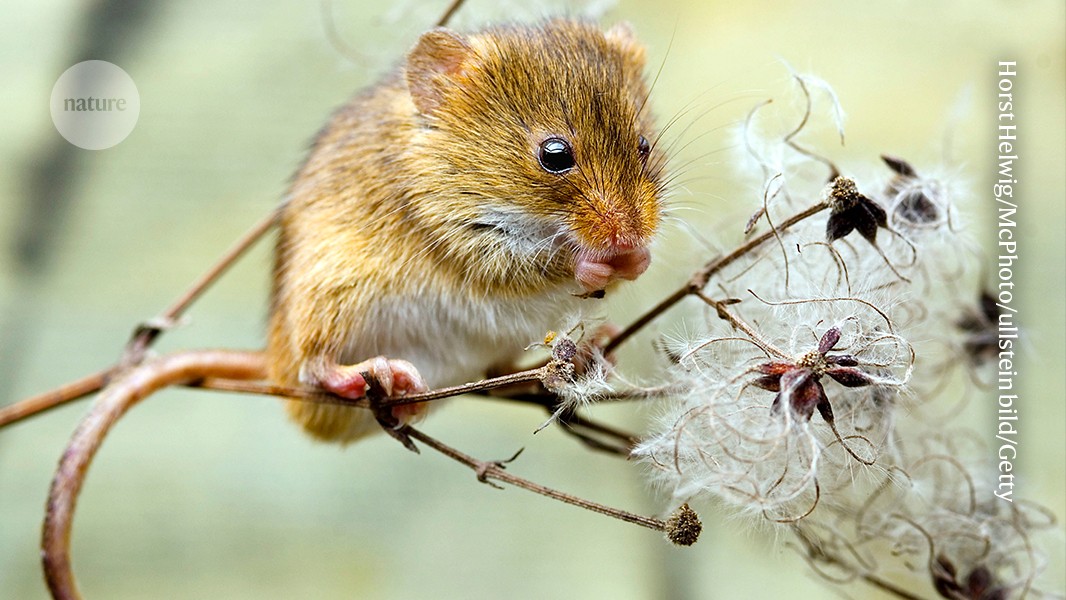
"The first person to identify harvest mice ( Micromys minutus), Gilbert White was an eighteenth-century English curate and naturalist who has been called the 'father of ecology'. Yet records from his student days show that he was not so much a quiet country gentleman as a lad about town, losing money at cards and buying fancy waistcoats. In her grandly illustrated book A Year with Gilbert White, historian Jenny Uglow looks between these extremes to investigate who White really was."
"She depicts a self-taught biologist who not only enjoyed wining and dining, but also took natural history out of stuffy dissecting rooms and into the wild. Spurning the dry descriptions of wildlife commonly used at the time, White's only book, The Natural History and Antiquities of Selborne (1789), brought colourful character to its scientific records of plants and animals. In doing so, it transformed the art of nature writing."
"White's daily entries in Selborne were often haiku-like in their simplicity. He described "vast rocklike, distant clouds" or simply stated "Bees swarm much. Sheep are shorn." Uglow's book examines one year of journal entries, from 1781. She chose this year for two reasons: it was the mid-point in White's writing of his book, and a year after Timothy the tortoise arrived, a pet inherited by White that was later found to be female."
Gilbert White identified the harvest mouse and is regarded as an early ecologist. He combined scientific observation with vivid, personal description in his Natural History and Antiquities of Selborne (1789), transforming nature writing. He kept a weekly, columnar Naturalist's Journal from 1768 for twenty-five years at The Wakes in Selborne, recording weather, plants, experiments, and animal behaviour in concise, haiku-like lines. He was educated at Oxford and earlier led a youthful city life. The year 1781 represents the midpoint of his work on Selborne and follows the arrival of Timothy the tortoise, frequently noted in his entries.
Read at Nature
Unable to calculate read time
Collection
[
|
...
]